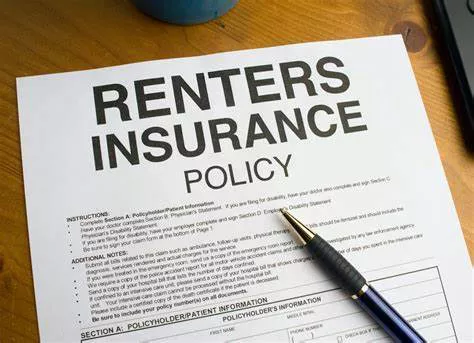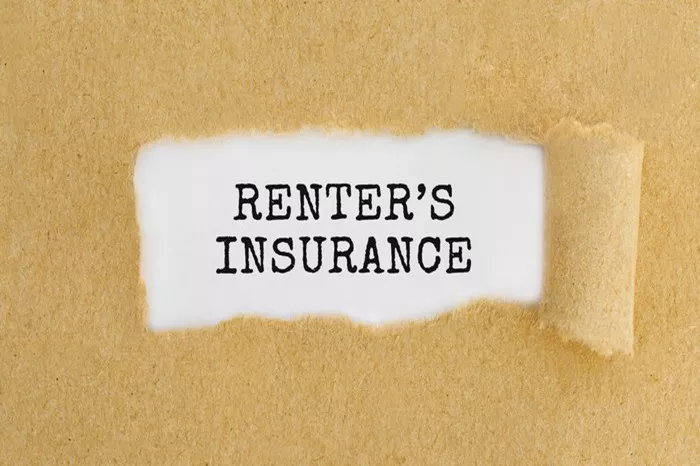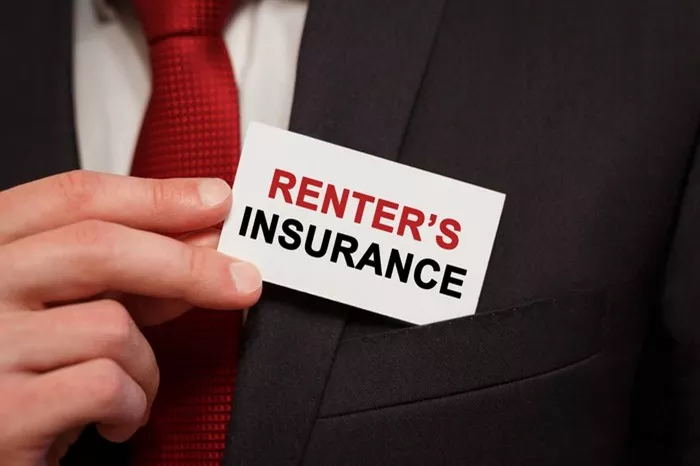Renters insurance provides essential protection for tenants and peace of mind for landlords. In California, the importance of renters insurance is magnified due to the state’s unique risks and high cost of living. This comprehensive guide will explore how much renters insurance landlords should require from their tenants in California.
Why Landlords Should Require Renters Insurance
Protecting Tenant Belongings
Renters insurance covers tenants’ personal belongings against perils like fire, theft, and water damage. Without it, tenants may face significant out-of-pocket expenses to replace damaged or stolen items.
Reducing Landlord Liability
Renters insurance includes liability coverage, which protects tenants if they accidentally damage the property or cause injury to others. This coverage can reduce the risk of landlords being held responsible for their tenants’ actions.
Encouraging Responsibility
Requiring renters insurance encourages tenants to take responsibility for their own belongings and actions. It fosters a sense of accountability and can lead to a more respectful tenant-landlord relationship.
Minimizing Disputes
In the event of a loss or damage, renters insurance can help minimize disputes between landlords and tenants. Tenants can file claims with their insurance providers, reducing the likelihood of conflicts over who is responsible for the costs.
Understanding Renters Insurance Coverage
1. Personal Property Coverage
What is Personal Property Coverage?
Personal property coverage protects tenants’ belongings inside the rental unit. This includes furniture, electronics, clothing, and other personal items. It covers these items if they are damaged or stolen due to covered perils like fire, theft, or vandalism.
Typical Coverage Amounts
Standard Policies: Most renters insurance policies offer personal property coverage ranging from $10,000 to $50,000.
Customizable Limits: Tenants can adjust their coverage limits based on the value of their belongings.
2. Liability Coverage
What is Liability Coverage?
Liability coverage protects tenants if they are held responsible for causing injury to others or damaging someone else’s property. It covers legal fees, medical expenses, and any settlements or judgments against the tenant.
Typical Coverage Amounts
Standard Policies: Liability coverage typically starts at $100,000.
Higher Limits: Tenants can choose higher coverage limits, such as $300,000 or $500,000, for added protection.
3. Additional Living Expenses (ALE) Coverage
What is ALE Coverage?
ALE coverage, also known as loss of use coverage, pays for additional living expenses if the rental unit becomes uninhabitable due to a covered peril. This includes hotel bills, restaurant meals, and other temporary living costs.
Typical Coverage Amounts
Standard Policies: ALE coverage is usually a percentage of the personal property coverage, often 20% to 30%.
Customizable Limits: Tenants can adjust their ALE coverage based on their needs.
4. Medical Payments Coverage
What is Medical Payments Coverage?
Medical payments coverage pays for medical expenses if someone is injured on the rental property, regardless of who is at fault. It covers minor injuries and can help prevent lawsuits.
Typical Coverage Amounts
Standard Policies: Medical payments coverage typically starts at $1,000.
Higher Limits: Tenants can choose higher coverage limits for added protection.
Determining the Appropriate Renters Insurance Requirements
1. Assessing Property Risks
Local Risks
Natural Disasters: California is prone to earthquakes, wildfires, and floods. Consider these risks when determining renters insurance requirements.
Crime Rates: High crime areas may necessitate higher personal property coverage to protect against theft and vandalism.
2. Property Characteristics
Property Value
High-Value Properties: Luxury rentals or high-value properties may require higher coverage limits to protect tenants’ belongings.
Older Properties: Older buildings may have higher risks of certain perils, such as water damage or fire.
Number of Units
Large Complexes: Multi-unit buildings may have higher risks of liability claims due to the increased number of residents and visitors.
Single Units: Single-family homes or small buildings may have different coverage needs based on the property’s characteristics.
3. Tenant Demographics
Tenant Profile
Families: Families with children may require higher liability coverage due to the increased risk of accidents and injuries.
Students: Student tenants may have fewer belongings and lower personal property coverage needs.
4. Legal and Lease Considerations
Lease Agreements
Standard Requirements: Include renters insurance requirements in lease agreements to ensure compliance.
Customizable Clauses: Tailor renters insurance requirements based on the specific property and tenant needs.
State and Local Regulations
California Laws: Be aware of any state or local regulations regarding renters insurance requirements.
Legal Compliance: Ensure that your renters insurance requirements comply with all applicable laws.
Recommended Renters Insurance Coverage Amounts
1. Minimum Coverage Requirements
Personal Property Coverage
Starting Point: Require at least $20,000 in personal property coverage.
Adjustments: Adjust based on the value of the tenant’s belongings and property characteristics.
Liability Coverage
Basic Protection: Require at least $100,000 in liability coverage.
Higher Limits: Consider higher limits, such as $300,000 or $500,000, for added protection.
2. Additional Coverage Recommendations
ALE Coverage
Basic Coverage: Require ALE coverage equal to at least 20% of the personal property coverage.
Higher Limits: Consider higher ALE limits for properties in high-risk areas or with higher rental rates.
Medical Payments Coverage
Starting Point: Require at least $1,000 in medical payments coverage.
Higher Limits: Consider higher limits based on the property and tenant profile.
Benefits of Requiring Renters Insurance
1. For Landlords
Reduced Liability
Renters insurance reduces the risk of landlords being held responsible for tenant-related damages or injuries. It transfers some of the financial burden to the tenant’s insurance provider.
Minimized Property Damage
Renters with insurance are more likely to take care of the property and report damages promptly. This can lead to fewer and less severe property damages.
Tenant Screening
Requiring renters insurance can serve as a tenant screening tool. Tenants willing to purchase insurance are typically more responsible and financially stable.
2. For Tenants
Financial Protection
Renters insurance provides financial protection for tenants’ belongings and liabilities. It ensures they can replace their items and cover expenses in case of an incident.
Peace of Mind
Knowing they have coverage gives tenants peace of mind. They can live without constantly worrying about potential financial losses.
Legal Compliance
In some cases, renters insurance may be legally required by the lease agreement. Complying with this requirement ensures tenants avoid legal issues and potential eviction.
see also:Will My Health Insurance Cover Me in Another Country?
How to Implement Renters Insurance Requirements
1. Lease Agreement Clauses
Clear Requirements
Include clear renters insurance requirements in the lease agreement. Specify the minimum coverage amounts and types of coverage required.
Proof of Insurance
Require tenants to provide proof of insurance before moving in. This can be in the form of a declaration page or certificate of insurance.
2. Policy Monitoring
Annual Renewals
Ask tenants to provide proof of insurance renewal each year. This ensures continuous coverage throughout the lease term.
Third-Party Services
Consider using third-party services to monitor tenants’ renters insurance policies. These services can track policy renewals and notify you of any lapses in coverage.
3. Tenant Education
Informational Materials
Provide tenants with informational materials about the importance of renters insurance. Explain the coverage options and how to obtain a policy.
Insurance Providers
Offer a list of reputable insurance providers to help tenants find coverage. This can make it easier for tenants to comply with the insurance requirements.
Conclusion
Requiring renters insurance is a wise decision for landlords in California. It protects both landlords and tenants, reduces liability, and encourages responsibility. By understanding the types of coverage available and determining appropriate coverage amounts, landlords can ensure their properties and tenants are adequately protected. Implementing renters insurance requirements through clear lease agreements, policy monitoring, and tenant education can lead to a safer and more secure rental experience for everyone involved.





















